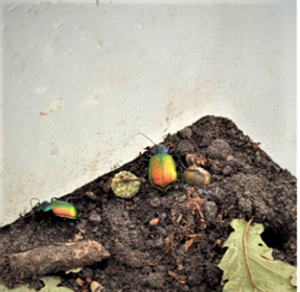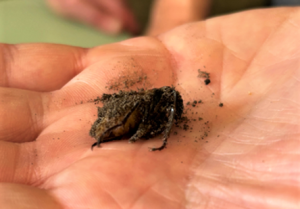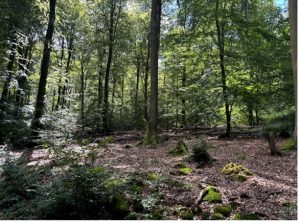Summary
Overview:
Forest caterpillar hunter (FCH, Calosoma sycophanta) is a voracious predator of oak processionary moth (OPM, Thaumetopoea processionea) larvae across Europe where several countries use this beetle as a biocontrol agent to control OPM populations.

Distribution records indicate there were small localised populations of FCH present in the south of the UK before the arrival of OPM. This project will look at the feasibility of reintroducing FCH to areas of the UK where OPM are present to provide an additional option to control OPM populations.

Research Objectives
- Use historical records and scientific literature to confirm whether FCH has previously been a native species in the UK.
- Determine FCH habitat preferences in Northern Europe using habitat suitability models and null network models to compare habitat preferences of northern European FCH to available habitat in the UK to determine potential overlap with the current OPM distribution.
- Use scientific literature to develop an understanding of FCH diet and predict any potential non-target impacts on species of conservation concern and other biocontrol agents like Carcelia iliaca and Pales processioneae (parasitoid flies).

Latest Update
This project is ongoing, collaborators in Belgium have recently been successfully bred and released FCH in Belgium as a biological control for OPM. Once the previous status of Calosoma sycophanta has been confirmed, we could potentially use this as a model project to assess the feasibility for releases in the UK in the future.

General Content
Find out more about the EU LIFE Oak Processionary project which details how they are rearing and releasing Calosoma sycophanta to control OPM.
Breeding and releasing the forest caterpillar hunter – LIFE Oak Processionary Project
Funding & Partners
-
 Forestry Commission
Forestry Commission -
 FERA
FERA -
 Newcastle University
Newcastle University -
 LIFE Oak Processionary Group
LIFE Oak Processionary Group
